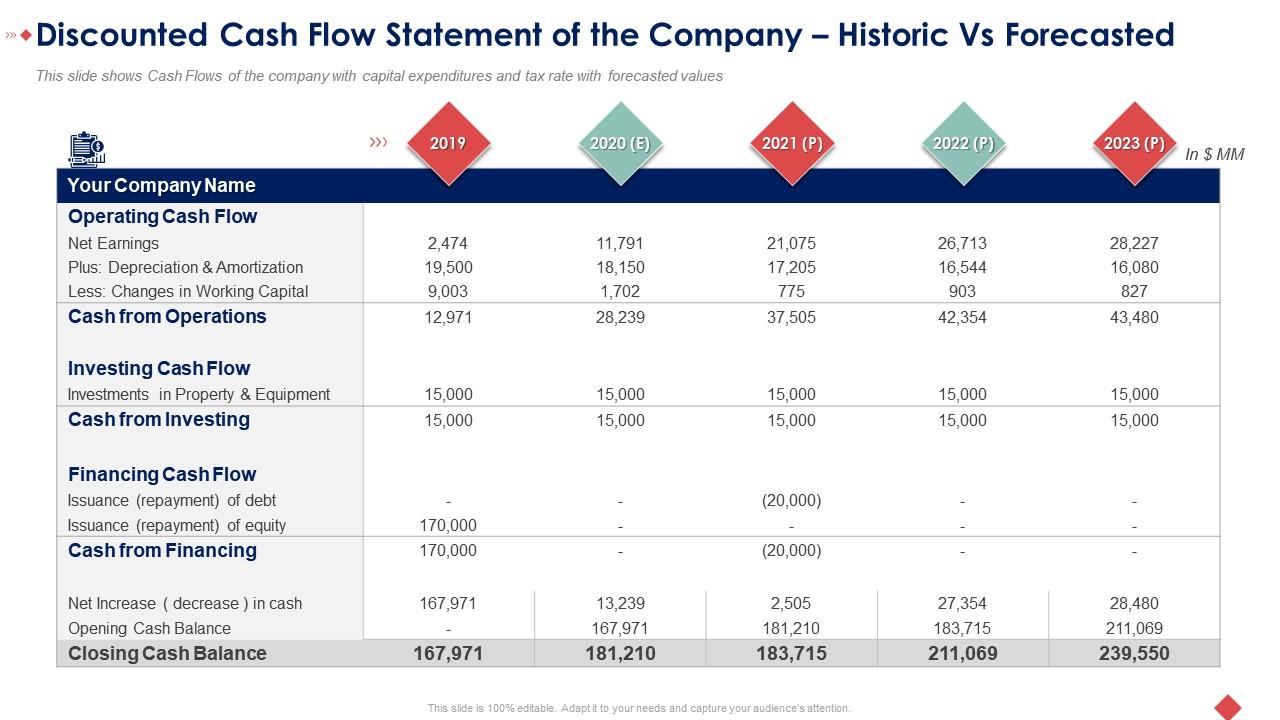

Finance
Santiago Stock Exchange (SSE) Definition
Published: January 23, 2024
Discover the Santiago Stock Exchange (SSE) definition and its significance in the world of finance. Learn about the role and impact of SSE in the financial market.
(Many of the links in this article redirect to a specific reviewed product. Your purchase of these products through affiliate links helps to generate commission for LiveWell, at no extra cost. Learn more)
Understanding the Santiago Stock Exchange (SSE)
When it comes to financial markets, the Santiago Stock Exchange (SSE) is a prominent player in the South American region. This stock exchange, also known as Bolsa de Comercio de Santiago, is the leading market in Chile. In this blog post, we will delve into the definition of the SSE, its significance, and how it operates.
Key Takeaways:
- The Santiago Stock Exchange (SSE) is the main stock exchange in Chile.
- It plays a vital role in supporting the country’s economic growth and development.
What is the Santiago Stock Exchange?
The Santiago Stock Exchange is a marketplace where investors can buy and sell securities, such as stocks and bonds, issued by companies. It functions as a centralized and regulated platform that fosters economic activity and facilitates capital allocation within the Chilean economy. By providing a means for businesses to raise capital and for investors to trade securities, the SSE promotes liquidity and drives economic growth.
Since its establishment in 1893, the Santiago Stock Exchange has evolved and expanded to become an essential pillar of the Chilean financial system. The exchange operates under the supervision of the Chilean financial regulator, the Superintendencia de Valores y Seguros (SVS), to ensure transparency, fair practices, and investor protection. It is also a member of the Federation of Latin American Stock Exchanges (FIAB) and the Sustainable Stock Exchanges Initiative (SSEI).
How Does the Santiago Stock Exchange Work?
The functioning of the Santiago Stock Exchange revolves around the buy and sell orders placed by investors. Companies that wish to list their securities on the SSE must meet specific requirements and adhere to reporting obligations. Once listed, these securities become available for trading by investors on the exchange.
Here’s a breakdown of the key components and activities of the Santiago Stock Exchange:
- Listing: Companies interested in listing their securities must fulfill criteria set by the SSE. These requirements may include financial performance, corporate governance standards, and reporting obligations.
- Trading: Once listed, securities are traded on the SSE, and investors place buy or sell orders through brokerage firms. The SSE provides a platform, known as an electronic trading system, where these orders are matched.
- Clearing and Settlement: After trades are executed, the SSE ensures the clearing and settlement process. It ensures that funds and securities are properly exchanged between buyers and sellers.
- Market Information: The SSE also disseminates market information, such as stock prices, trading volumes, and other relevant data. This information allows investors to make informed decisions.
Why is the Santiago Stock Exchange Important?
The Santiago Stock Exchange plays a crucial role in the Chilean economy and financial system for several reasons:
- Raising Capital: The SSE provides a platform for companies to raise capital through the issuance of securities. This capital infusion enables businesses to finance their operations, invest in growth projects, and contribute to economic expansion.
- Market Efficiency: By facilitating the trading of securities, the SSE enhances market efficiency. It allows investors to easily buy and sell securities, promoting price discovery and liquidity.
- Investor Participation: The SSE encourages individual and institutional investors to participate in the capital markets. It offers opportunities for diversification and wealth creation, contributing to financial inclusion and economic empowerment.
- Economic Indicators: The performance of the SSE and its listed companies often serves as a barometer for the Chilean economy. Movements in stock prices and trading volumes can provide insights into market sentiment, investor confidence, and overall economic conditions.
In conclusion, the Santiago Stock Exchange is a vital institution within the Chilean financial landscape. It serves as a catalyst for economic growth, providing companies with access to capital and investors with opportunities for wealth creation. By embracing transparency and fostering market efficiency, the SSE continues to be a driving force in driving the Chilean economy forward.














